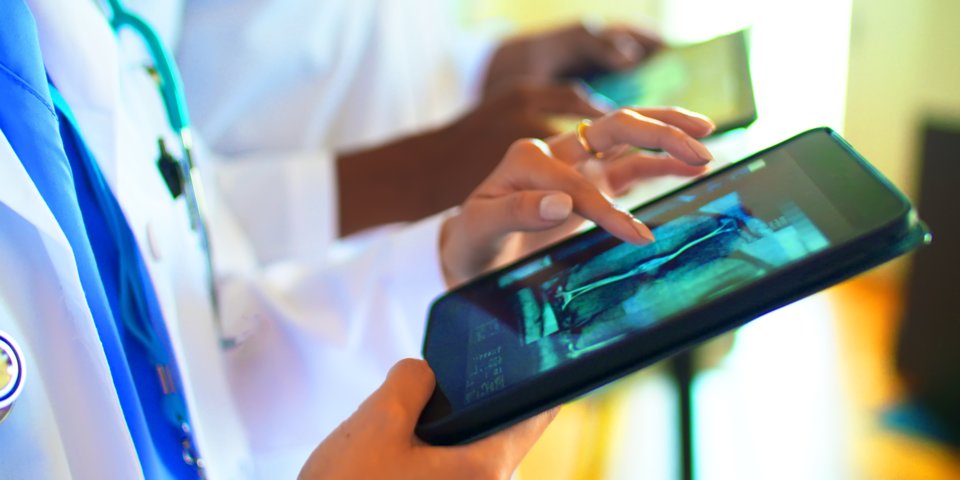
As medical care shifts to an outcome-based model, healthcare providers and insurance companies are under the gun, facing lower margins and greater pressure to justify treatment results with hard data.
But reliable data is hard to come by in our traditional healthcare system. Though doctors note patients’ conditions during office visits, appointments are few and far between. In the meantime, care providers lack vital information about patients’ day-to-day health status and activities. They fail to spot trends that could indicate a serious condition is developing.
Worse yet, they must rely on the patient to contact them in an emergency, which may not be possible. And even if it is, deciding on a course of treatment is tough without specific information about the patient’s condition.
Today’s connected IoT medical devices bridge the information gap, allowing healthcare professionals to remotely monitor patients and respond to emergencies faster — potentially saving lives. Connected devices also integrate patient information better for providers, improving patient outcomes.
And IoT technology is catching on rapidly in the medical community. The IoT medical devices market is growing at a compound annual rate of more than 25% and will be worth $63.43 billion by 2023, according to MarketsandMarkets.
The range of uses for medical IoT is extremely broad. A remote patient monitoring platform from one Sprint partner can track a patient’s blood pressure, glucose level, heart rate, ambulatory activity, and more. Caregivers receive real-time alerts if an emergency arises, and the data they access allows them to intervene rapidly and effectively.
IoT devices are also valuable in helping doctors and patients manage chronic conditions. According to the Centers for Disease Control, one in two American adults has a chronic disease, and one in four has two or more. Chronic diseases are the leading causes of death and disability and the leading drivers of the nation’s $3.3 trillion in annual healthcare costs.
IoT devices help with many chronic conditions. A study published in the medical journal Medical & Biological Engineering & Computing suggests that patient monitoring should reduce mortality rates, improve care, and reduce costs for chronic obstructive pulmonary disease.
Remote monitoring also keeps diabetics abreast of their glucose levels and heart patients aware of arrhythmias. It reminds patients to take their medications—or delivers them through an infusion pump. Helping patients manage chronic conditions cuts down on costly emergency room visits. It can also reduce hospital readmissions, helping providers meet stringent federal guidelines for positive outcomes.
For elderly or home-bound patients, connected devices provide a simple way to monitor weight, sound, and vibrations to get a sense of the patient’s normal movements around the house. If an anomaly is detected — such as a fall or a failure to get out of bed — an alert can immediately be sent to caregivers. No intrusive video cameras are required, making patients feel more at ease and increasing the likelihood of adoption.
When data from remote patient monitoring is integrated with electronic health records, the healthcare team can easily share information, boosting clinical efficiency and improving patient outcomes. All data is transported securely, with HIPAA privacy standards enforced from end to end.
As the world adopts high-speed, data-intensive 5G networks, medical IoT will provide even more services. Complex images from radiology, cardiology, and other specialties will be transmitted to doctors much faster. Specialists will be able to view them alongside patient histories, connecting the dots in real time as they make a diagnosis or plan a treatment.
Doctors will be able to take advantage of advanced analytics — based on enormous volumes of patient data — to predict which of their patients are at risk for certain conditions, allowing them to offer preventive solutions.
By virtually eliminating lag time in data transmission, 5G will facilitate remote surgery, enabling patients in remote locations to receive expert care.
The possibilities for healthcare IoT are almost endless. From doctors aware of health emergencies, to better engaging patients with their own care, to integrating patient data with health records, the technology can solve problems and make a difference. And as 5G technology advances, the future of healthcare IoT is poised to become even brighter.
Avots: businessinsider